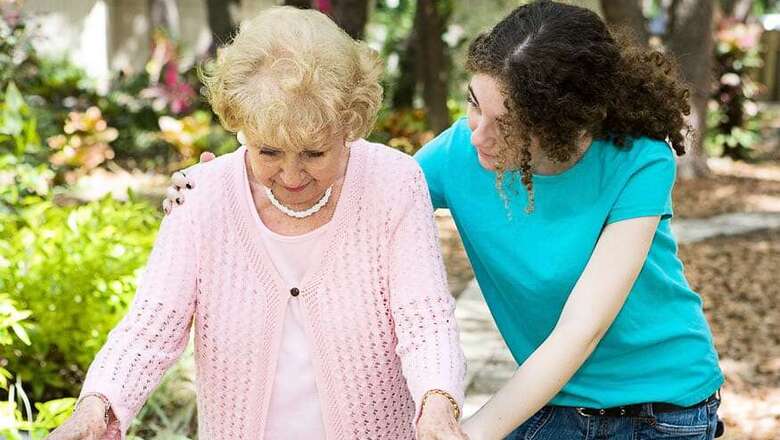
views
When cold weather arrives, we often pay more attention to elderly relations, taking measures to prevent them from slipping in the rain, snow or ice. However, new US research on seniors suggests that more falls take place in warm months and many take place indoors.
Dr. Jason Guercio from the North American Partners in Anesthesiology at The Hospital of Central Connecticut in New Britain, who carried out the research, explained that, "Falls are one of the most common health concerns facing the elderly today. And this population is the fastest growing segment of the US. Falls leading to fracture can result in disability and even death. Understanding the risk factors for fractures can help to focus efforts on decreasing them, and guide resources and appropriate interventions to prevent them."
To look at these risk factors, Dr. Guercio's preliminary study looked at 544 patients treated at The Hospital of Central Connecticut for a hip fracture from 2013 to 2016.
The researchers analyzed the time of year that the fracture occurred and whether it happened indoors or outdoors.
"Cold" months were defined as November 1 through April 30, and "warm" months were from May 1 through October 31.
The results showed that more than 55 percent of hip fractures occurred during warm months, with the highest proportion of fractures occurring in May (10.5 percent), followed by September (10.3 percent) and then October (9.7 percent).
Perhaps surprisingly, the results also showed that the majority (76.3 percent) of hip fractures occurred indoors, with only 23.6 percent happening outside.
From these indoor fractures more than 56 percent happened during warm months, and from the outdoor fractures more than 60 percent of happened during warm months.
"It is counterintuitive that the risk for hip fracture would be higher in warm months, as ice and snow would appear to be significant fall risks," said Dr. Guercio. "Given the results of this study, it appears that efforts to decrease fall risk among the elderly living in cold climates should not be preferentially aimed at preventing outdoor fractures in winter, but should focus on conditions present throughout the year, and most importantly on mitigating indoor risk," he concluded.
For those who want to take extra precautions, the team also revealed that the most common reason for both indoor and outdoor hip fracture was tripping over an obstacle (43.3 percent for indoor and 57.1 percent for outdoor).
For inside fractures, the most common obstacle appeared to be throw rugs, followed by falling out of bed.
For outdoor fractures, being struck by or falling from a vehicle was the leading cause of a fall, followed by falling on or down stairs.
The findings are due to be presented at the ANESTHESIOLOGY 2017 annual meeting taking place in Boston October 21-25.




















Comments
0 comment